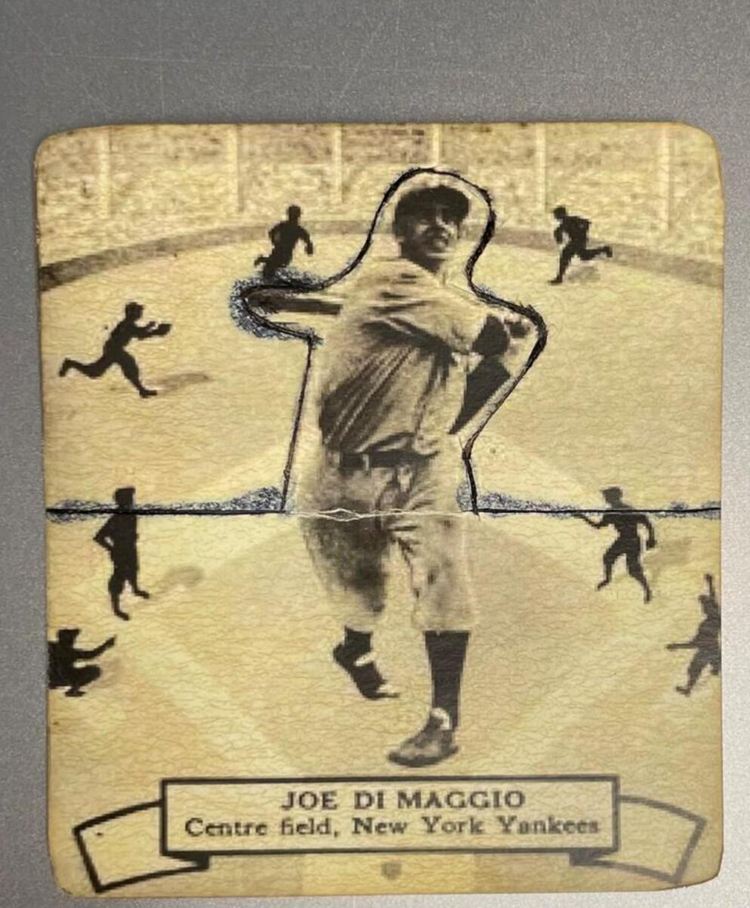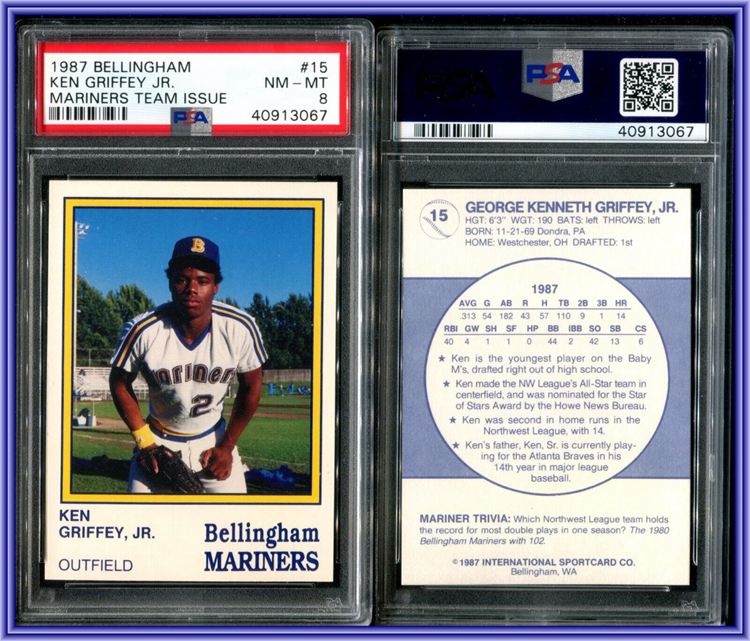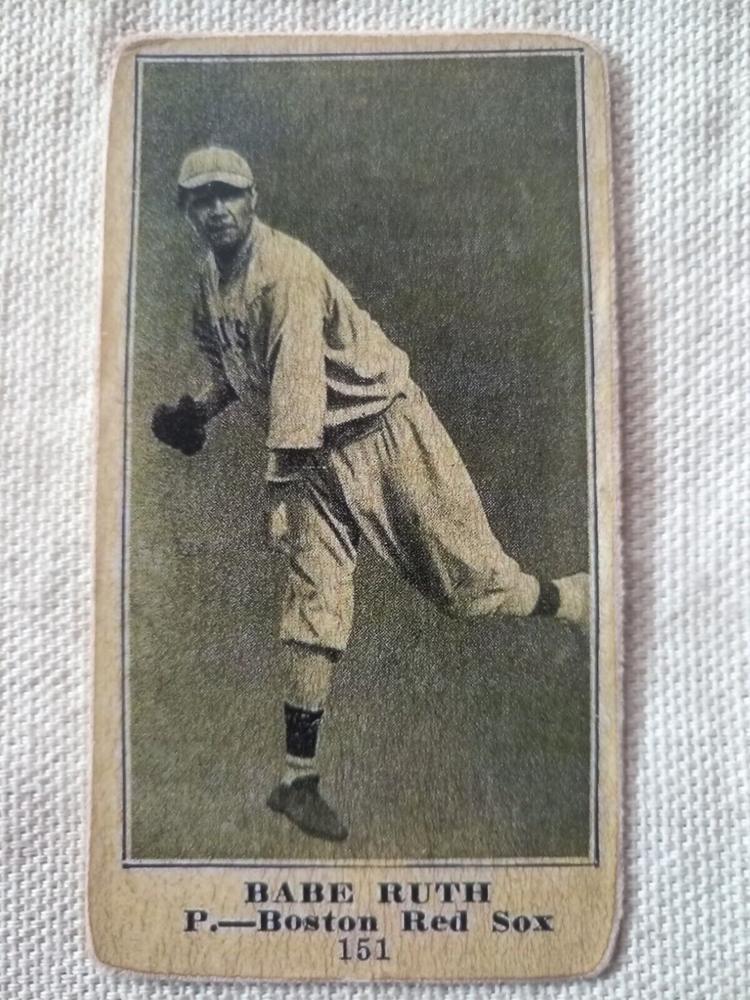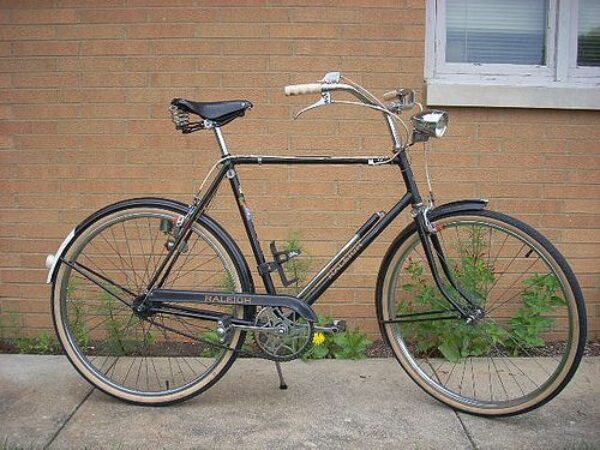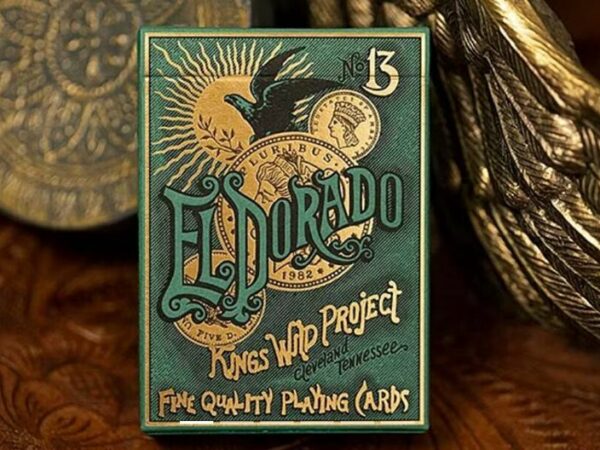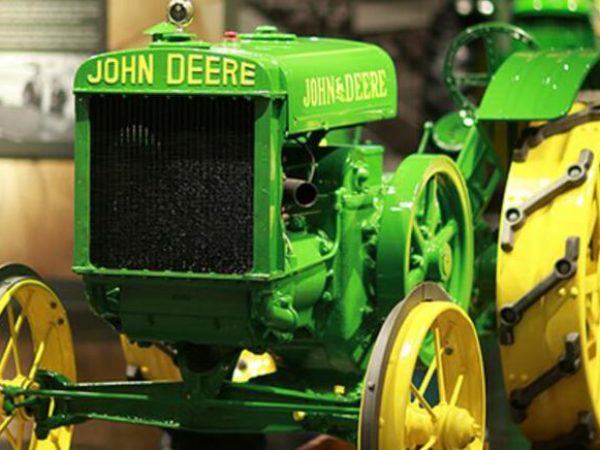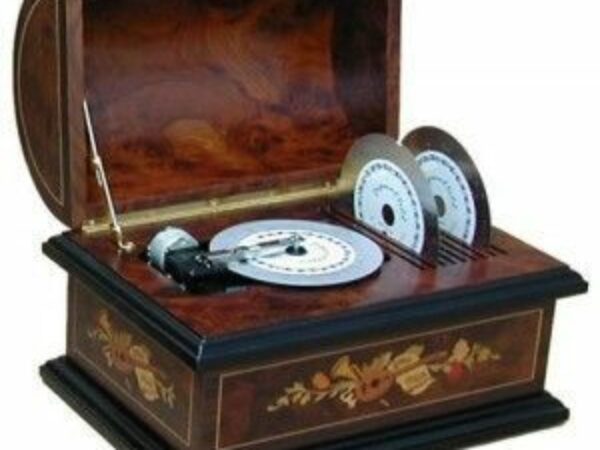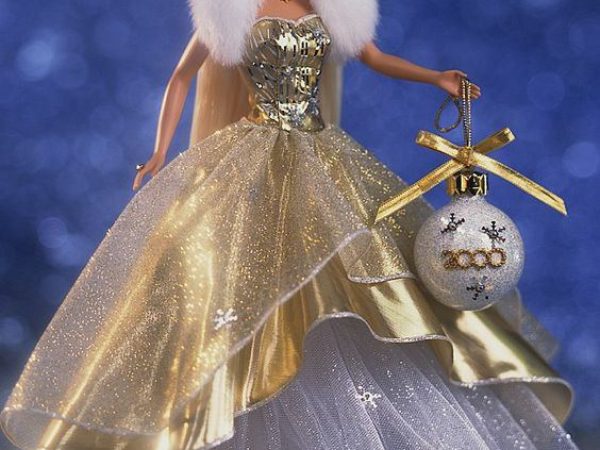With the ever-growing popularity of vintage baseball cards, it’s no wonder we’re seeing more people trading them with their friends and family and selling them. And why not? If you’ve got a genuine Baseball card in great shape, you have a gem that can sell for thousands of dollars.
In terms of vintage baseball cards, you will find more to these collectibles than meets the eye. Moreover, these cards were issued for many years, so there is potential for a wide range of decades in value. If you are an eager collector that wants to know just how much their collection may be worth, then you will be wise to use the services of appraisal service.
So, if you are looking for the best baseball card appraisal services? Here is a complete guide to Baseball cards, their value, and the best baseball card appraisal services available to help determine your baseball card’s value.
Let’s read more to know the basics!
Table of Contents
History of Baseball Cards
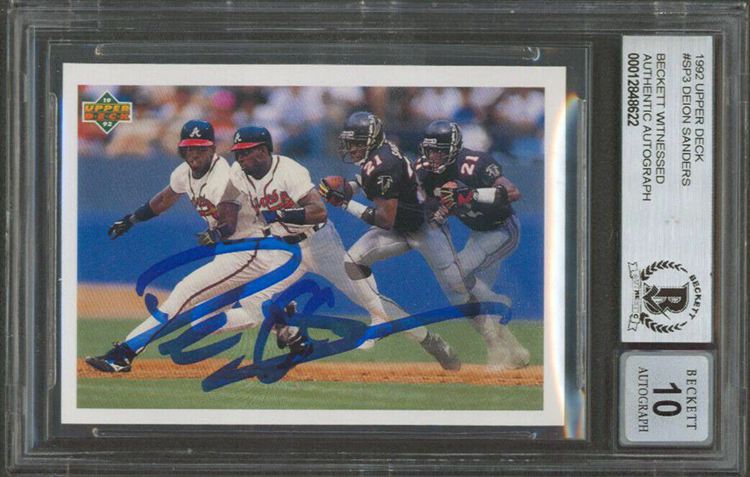
The first baseball cards appeared in the early 1900s. Tobacco companies initially issued them to promote their products, but as the popularity of baseball cards grew, they became collectible items.
The first known baseball card was issued in 1869 by Peck & Snyder Sporting Goods Co., which made tobacco products and other supplies for sporting goods stores. It featured an image of a baseball player named Fred Goldsmith, who was credited with being the team’s first professional baseball player ever hired.
The next step in the evolution of baseball cards came in 1887 when Goudey Gum Company began producing “cards” for its gum products. These were thick paper cards, not cardboard like modern cards, and they were created in packs of five or six different players.
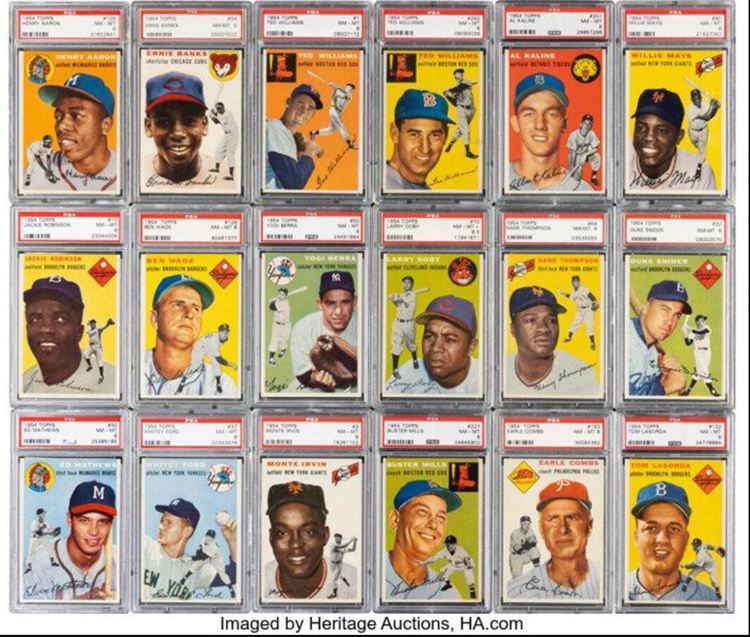
In 1909, the American Tobacco Company (ATC) took over the production of baseball cards from Goudey Gum Company and began issuing its brand of cards called “Tobacco League” cards. ATC’s goal was to produce high-quality tobacco products, but they also wanted to use their new product line as a marketing tool.
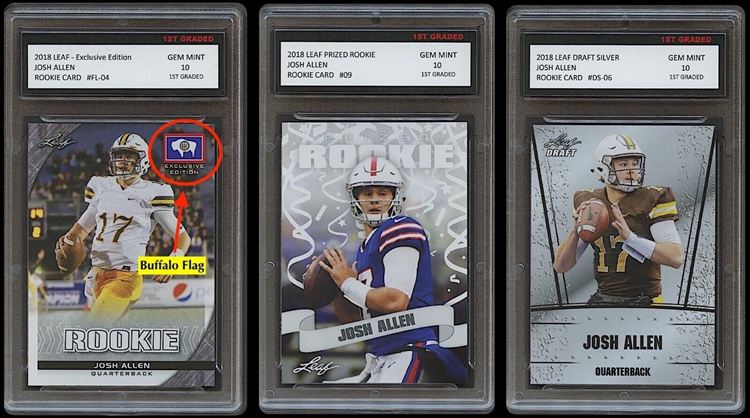
By combining its marketing efforts with those of other companies that sold products through ATC’s distribution network, ATC was able to spread its message across America quickly and efficiently.
In 1913, several manufacturers began producing baseball cards as part of their cigarette packages. These cards are called “T206” because all 206 cards in this set were numbered T206-1 through T206-206 (there is no T207). Many consider this set among the most valuable collectibles ever produced because there are less than 100 known complete copies.
Other companies began producing baseball cards after World War II ended in 1945. Bowman Cards issued its first set in 1948, Topps Chewing Gum Company did the same in 1951, and Fleer Chewing Gum Company followed suit in 1952 with its “High Number” issue that included Ted Williams’ rookie card, among others.
By 1955, there were more than 30 different companies producing sets of baseball cards as well as other sports stars like football players and boxers.
What Are Baseball Cards? And Their Types
Baseball cards are a childhood staple. They’re collectible items you can tuck in your wallet or keep in a shoebox. Professional players playing for the Yankees, Dodgers, Angels, and other major league teams are the most famous baseball cards.
Baseball cards are a type of trading card that feature baseball players, teams, stadiums, and other related memorabilia. Baseball cards originated in the late 19th century and have become a staple in the industry.
Today, collectors can find hundreds of different types of baseball cards from a variety of manufacturers. Each set features various designs and colors, but all have one thing in common: They’re fun for kids and adults alike!
Types of Baseball Cards
Here is a breakdown of the different types of baseball cards:
● Rookie Cards
Rookie cards are players with very few or no cards available for sale. They are usually only available in packs and boxes sold in a specific year. These cards can be scarce and valuable. These cards feature up-and-coming players who have yet to make an impact on the MLB.
● Autographs
Autographs are signed versions of base cards or other baseball cards (more on later). Marks can range from just one signature to multiple signatures on one card, depending on the player’s deal with the company making the autographed product.
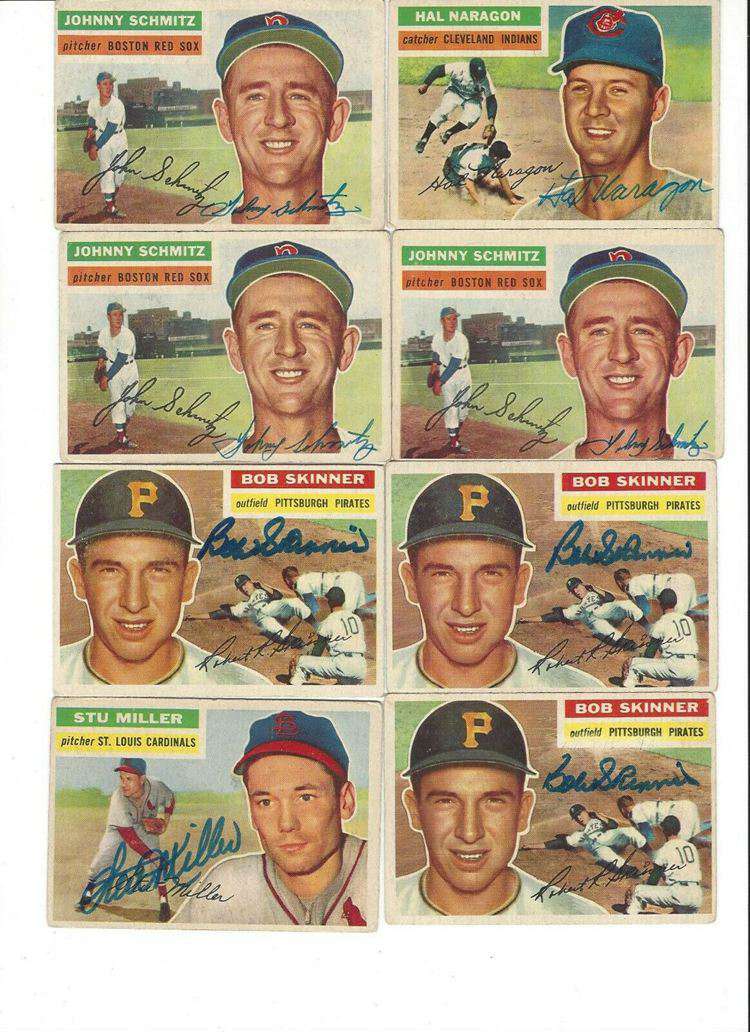
● Base cards
Base cards are the most common type of baseball card. They are simply pictures of players from different teams and different years printed on a card stock that is made to look like cardboard. These cards can be in packs or boxes sold at stores or online.
● Inserts
Inserts are rarer than base cards, but they can be found in packs or boxes of trading cards. Inserts can be any size, shape, or color and sometimes come with unique designs. The most common inserts include autographs, memorabilia cards, and parallels.
How to Find the Value of Your Baseball Card?
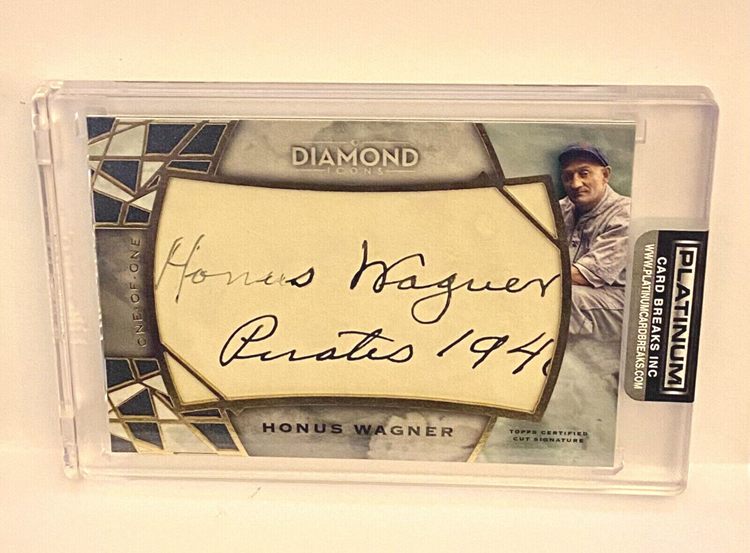
Several factors determine the value of your baseball card. To help you choose the value of your baseball card, take a look at these factors:
- Can you guess which playeris depicted?
- Theyear it was made.
- The card’s rarity(due to mistakes, variants, or whatever else may have occurred).
- Whether the card has been graded by expertsor not,
- Whichevertype of card you have,
- Please review the conditionof your card and its packaging.
- Checkrecent auction results for similar cards on eBay or other online selling sites.
- Research the player’s historical accomplishmentsand compare them with those of other players in his era, especially hall of Famers who may have had cards issued by multiple companies over time.
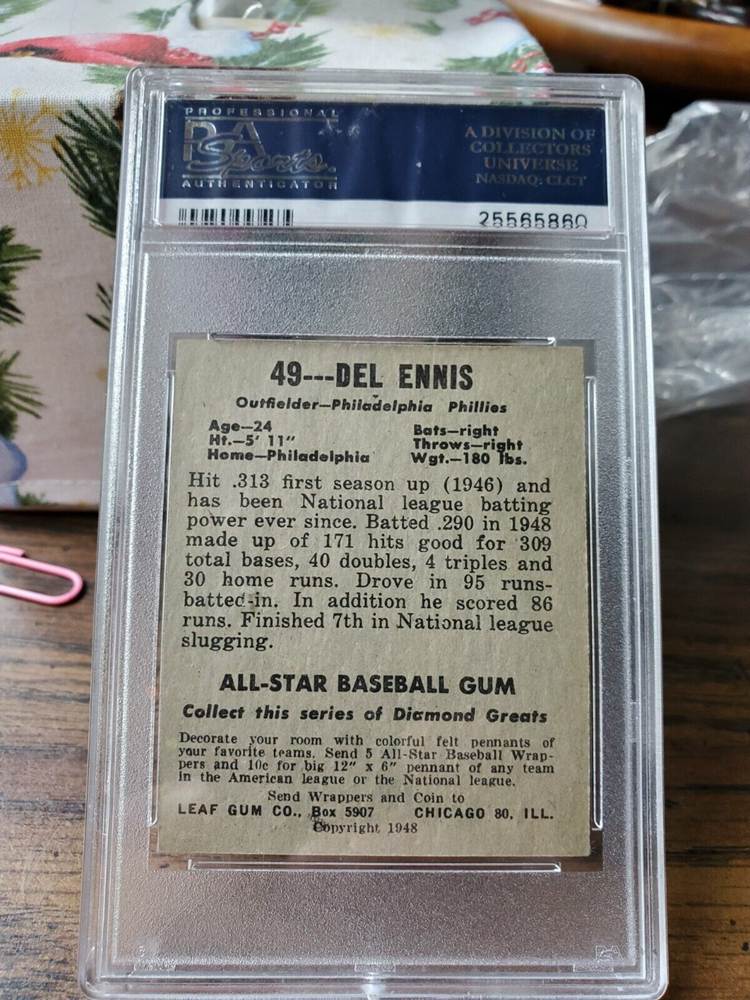
Most Valuable Baseball Cards
- In August of 2021, SGC received $6,606,296 for the sale of T206 White Border Honus Wagner.
- PSA’s $1,350,000 sale of a Babe Ruth rookie card.
- One of the highest-priced Mickey Mantle baseballcards was certified by PSA 9 and transacted in January 2021 for $5,200,000.
Appraisal services for Valuing Baseball Cards
The best option for finding the value of your baseball card is to use a professional appraiser. This will cost money, but it can give you an accurate appraisal if you’re looking for more than just ballpark estimates from online databases.
A professional appraisal will give you an accurate baseball card collection value. Whether you’re selling your cards or want to know their worth, a professional review can help.
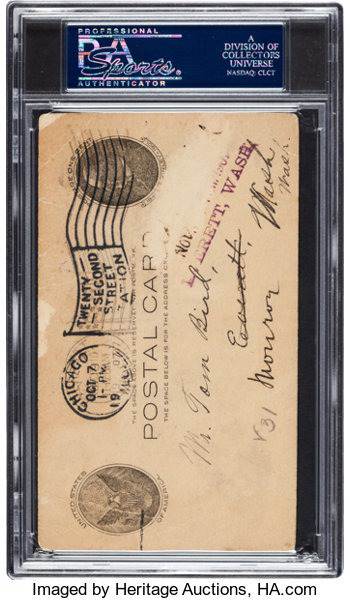
Different Types of Appraisals
Three types of appraisals are used:
- Free:The most common type of appraisal is a free one. Anyone can do this with a lot of knowledge about baseball cards, and it’s a great way to get an estimated value for your collection.
- Paid: Paid appraisals are the next level up from free ones, and they’re worth the money if you want to know the exact value of your collection. A paid appraisal will include more information, such as specific card numbers and condition details.
- Premium:Premium appraisals are the most detailed types of appraisals available. This service will give you all the details you need about your collection, including every card number, condition, and year released.
How Do Appraisal Services Work?
The primary function of an appraisal service is to give an accurate estimate of the value of an item. Appraisers may also include information about other factors that affect value, such as rarity, condition, and market trends.
Steps involved in baseball card appraisal:
- Acquisition, also known as card turn-in(card submission),
- Identification of card
- Analyzing and Rating the Cards
- Estimation of card value
- Making a payment
How to Find the Right Appraisal?
Many professional appraisers will give you an honest opinion on the value of your collection. But how do you find the right one?
- First, look for someone who other collectors and dealers trust. They’ll probably know what they’re talking about if they’re an American Society of Appraisers (ASA) If not, ask around for recommendations from other collectors and dealers.
- Next, ensure that the appraiser knows about baseball cards in general and specific sets that might be valuable to you (such as 1951 Bowman).
- You should also look at each appraiser’s qualifications before deciding who should evaluate your card.
- Finally, check out the appraiser’s credentials carefully before hiring them.
Best Baseball Card Appraiser services
While baseball card collecting is a hobby that all ages can enjoy, it’s essential to know the value of your collection. It may be worth investing in an appraisal service if you have a valuable collection. Here are seven of the best baseball card appraisal services:
Professional Sports Authenticator (PSA) Card Services
PSA has been around for decades and is one of the most trusted names in card grading. They offer several different services, including live auctions, private sales, and even a mobile app that allows you to submit cards directly from your phone.
This service is not free and is further complicated because PSA only appraises authenticated items.
Baseball Card Buyer
You can find out how much your Baseball card is worth now by contacting Baseball Card Buyer, who has 20 years of experience in the collectibles industry.
You can also find a helpful guide for evaluating the quality of your baseball cards on their website.
All Vintage Cards
All vintage cards are another option for your card appraisal. They provide you with different tools to help you to get an insight into your vintage card’s value and condition.
The online services are easy to use and guide buying vintage baseball cards. It is an expert in selling tobacco and other vintage trading cards through the 1950s.
Dean’s Cards
Dean’s Cards is your source for buying and selling baseball cards, sports memorabilia, and collectibles. Dean’s Cards is an authenticator, grader, and appraiser of all significant sports cards, including football, basketball, hockey, baseball, trading cards, and other sports memorabilia.
Dean’s card is the most effective appraisal service in the USA and can help you to find the actual worth of your rare Baseball card.
Lelands Sports Memorabilia and Card Appraisals
Lelands.com has been in business since 1985, and they guarantee that their appraisals are accurate and fair. Lelands is a full-service sports memorabilia auction company based in New York City. They also offer a full range of services to collectors, including appraisals and evaluations, consignments, and private sales.
If you want to sell your baseball cards or other collectibles, Lelands can help you find the best buyer. They also offer appraisal services if you need to know how much your item is worth to make an informed decision about whether or not it’s time to sell.
Heritage Auctions
Heritage Auctions is the world’s largest collectibles auctioneer. Heritage Auctions is an auction house that specializes in sports cards and memorabilia. In addition to their vast catalog of certified autographs and game-used memorabilia, they also offer a wide selection of graded cards from all major manufacturers.
They offer various services, including online, live auctions, conservation, authentication and grading, and appraisal services.
Just Collect
Just Collect is the best baseball card appraiser out there. This company has been in business for over 60 years, and they have a 100% satisfaction guarantee. They offer free online services to comfort their customers. Although they provide helpful insight into contemporary issues, collect primarily focuses on material published before 1980.
Just Collect is the place to go if you’re looking for an appraiser to give you a fair price on your collection.
Bottom Line
Whether you’re a card collector or have inherited a collection from a long-gone relative, determining the value of your baseball cards and other sports memorabilia can be a painstaking task.
Card values are constantly changing, and market values can vary significantly from one book to the next. If you’re searching for an accurate estimate of the worth of your collection, it’s essential to find an appraiser knowledgeable about antique and vintage sports collectibles.
Almost all the companies listed above will provide you with an appraisal without making it challenging to submit items and get a quote. Still, they all have different methods and restrictions. You can’t use them all, so which one should you pick?
